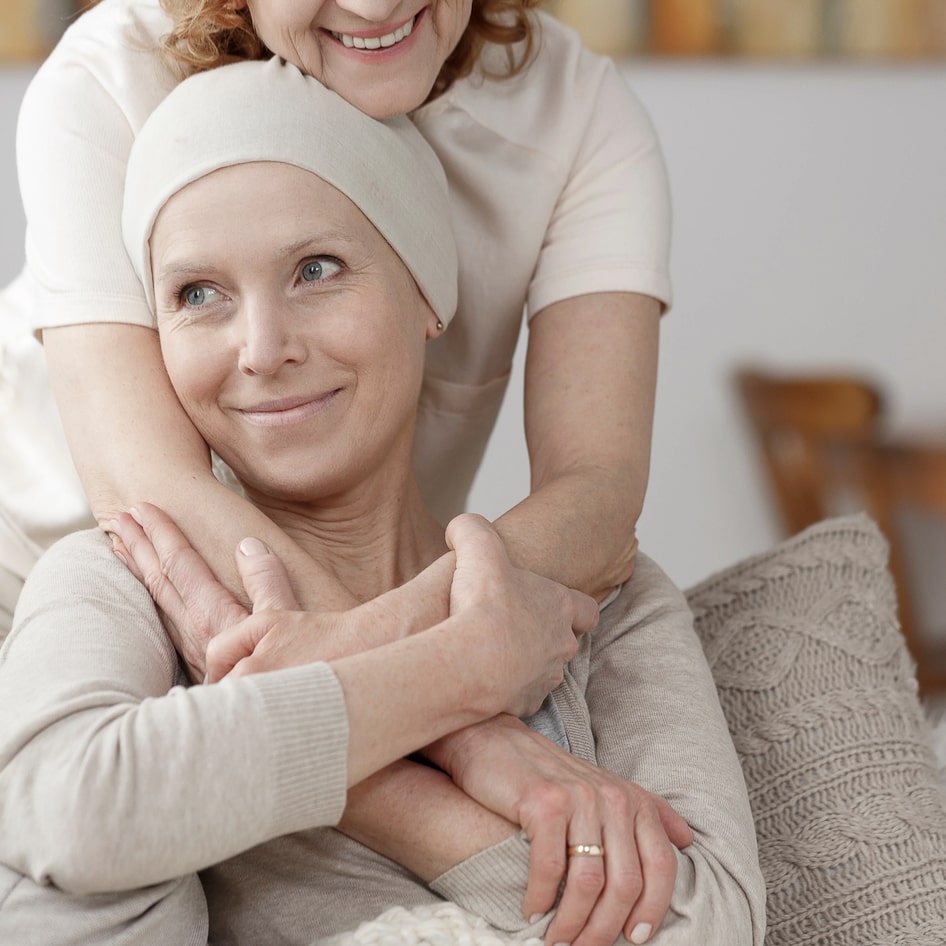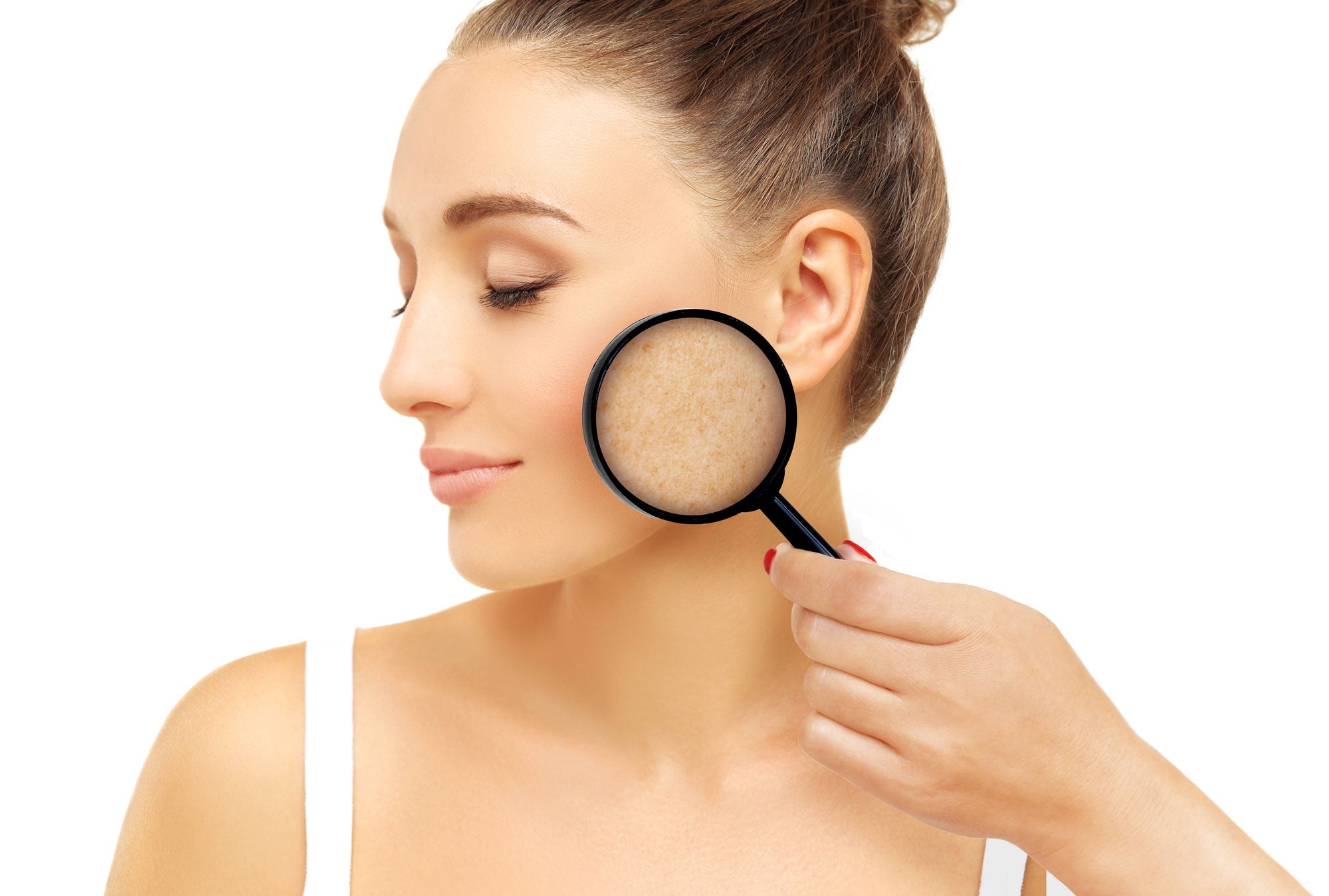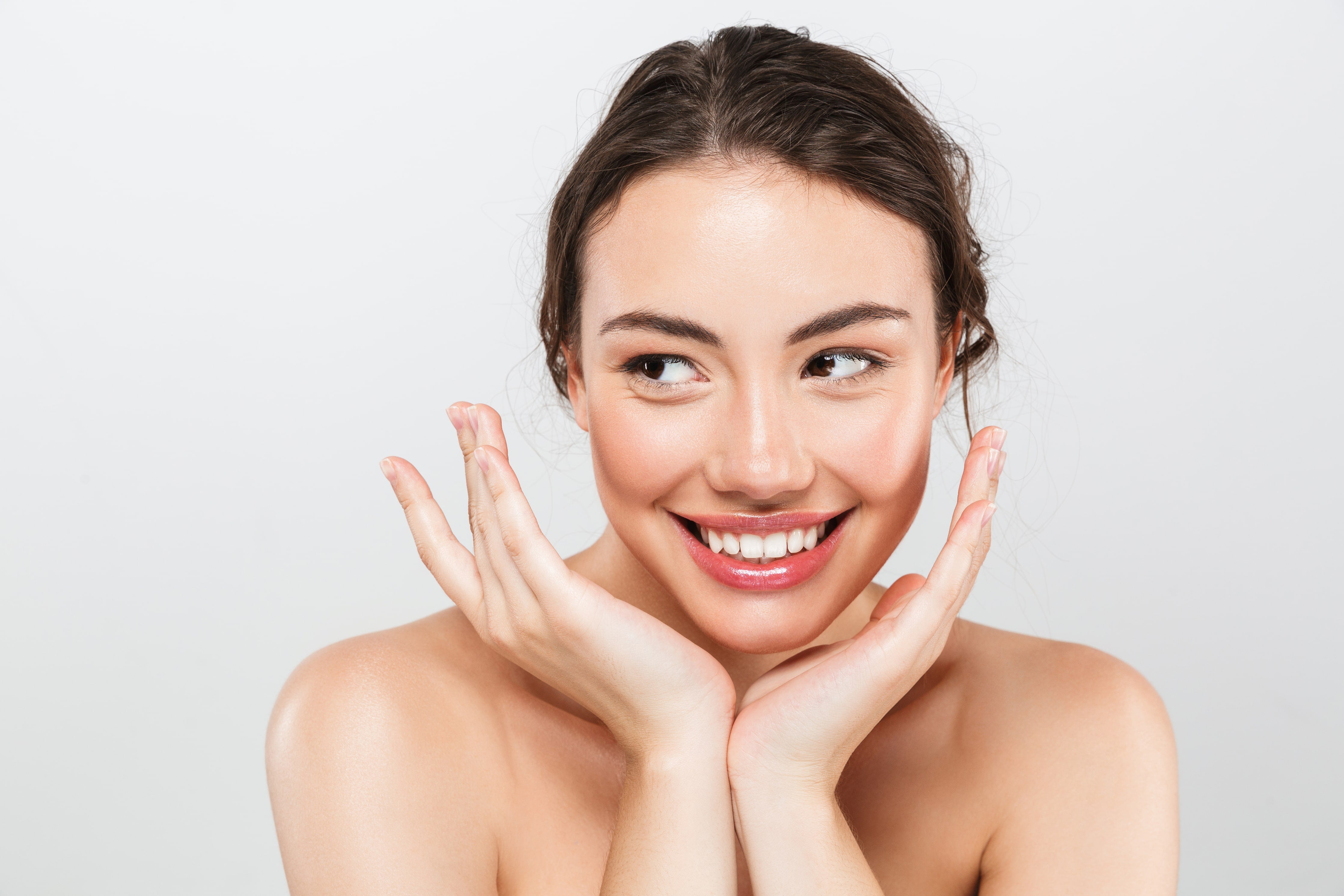An Overview of Human Pigmentation
Human skin contains specialized cells, called melanocytes, which are located at the base of the epidermis. These cells are programmed to manufacture a brown pigment, called melanin, in response to exposure of skin to sunlight. Since melanin acts as a sunscreen, the production of this pigment by melanocytes is a defense response of the skin to the damaging and potential skin cancer causing rays of the sun. In addition to UV radiation, other factors can stimulate melanocytes to make melanin. Hormones, such as those in birth control pills can cause melanocyte “activation”, and exposure of the skin to any event that causes inflammation, such as acne, dermatitis, exposure to chemicals, etc., can also result in increased melanin production by melanocytes.
Melanin production in human melanocytes is controlled primarily by the rate-limiting enzyme for melanin synthesis, tyrosinase, which catalyzes the hydroxylation of tyrosine to L-DOPA and the oxidation of L-DOPA to dopaquinone. The subsequent steps in the pathway to melanin formation can occur non-enzymatically although two additional melanocyte-specific enzymes are thought to play a role in determining what type of melanin is formed.
The flow chart below shows the melanin synthesis pathway. Note that the pathway can diverge to produce either a red/yellow type of melanin (pheomelanin), or brown/black melanin, called eumelanin. The type of melanin made is genetically determined, and results in some people having fair skin and red hair while others are dark-skinned and have dark hair. Also shown in the graph is the site in the pathway that is inhibited by hydroquinone, a widely used OTC and Rx drug for skin lightening.
The melanin produced by the action of tyrosinase is “packaged” within the melanocyte into unique vesicles called melanosomes. These organelles are then transferred from the melanocyte to surrounding keratinocytes in the skin. As keratinocytes move from the lower part of the epidermis up to the surface, they can carry the ingested melanosomes with them, and the result is a deposition of the melanin-filled melanosomes near the skin’s surface. This is what gives the skin its brownish tint. The cartoon below shows how melanin is transferred from melanocytes to keratinocytes.
The deposition of melanin at the skin’s surface provides some sunscreen protection from the damaging effects of UV rays, although in a Caucasian, the amount of SPF that melanin provides is likely no more than an SPF of 4. Therefore, it is important to use a sunscreen regardless of how “tanned” you are!
Pigmentation Problems and Current Treatments
Uneven pigmentation occurs as a result of age, chronic sun exposure, pregnancy and even from the use of birth control pills. In addition, cosmetic procedures such as laser re-surfacing, can cause increased skin pigmentation. Lentigines (“age spots”) and other areas of hyperpigmentation resulting from years of sun exposure can occur on the face, hands, arms and chest and can be difficult to treat. The standard OTC and prescription drug treatment for hyperpigmentation is hydroquinone, either 2% for OTC products or up to 4% for prescription based products. Perhaps the most effective skin lightening drug available by prescription is Triluma which is a combination of 4% hydroquinone, tretinoin and a corticosteroid. Hydroquinone based skin lightening products have been removed from the market in many countries and the FDA is now considering banning the drug in both OTC and prescription drug products in the U.S. because of safety concerns.
Although hyperpigmentation is a very common skin problem, and one which results from a variety of factors including sun exposure, skin inflammation, and LASER re-surfacing procedures, another type of pigmentation disorder is vitiligo. This is a disease that result in a loss of melanocytes, thereby causing areas of the skin to become completely white. While the cause of the disease is largely unknown, it is commonly believed to be an autoimmune disease where the immune cells attack and destroy melanocytes. For people affected by vitiligo, this skin problem is cosmetically disfiguring and unfortunately there is very little that can be done. One approach is to simply lighten the rest of the skin so that the depigmented area is not so prominent.
Skin Lightening (Whitening) Chemicals
To reduce skin pigmentation, either for the purpose of reducing the appearance of “age spots” or for “masking” an area affected by vitiligo, a variety of “bleaching” ingredients are available. All of the commonly used skin whitening ingredients work by inhibiting the activity of tyrosinase, the enzyme responsible for melanin synthesis. As mentioned, the mainstay of skin whitening ingredients is hydroquinone. This ingredient is the most effective tyrosinase inhibitor available in skin lightening products. However, because of the recent announcement by the FDA, that it is considering banning all OTC products containing hydroquinone because of safety concerns, many companies are now offering alternatives to hydroquinone in skin “whitening” products. Numerous scientific publications have presented data on the skin lightening properties of cosmetic ingredients such as arbutin, kojic acid, vitamin C, licorice extract, alpha hydroxy acids, and a plethora of plant extracts. However, finding an effective replacement for hydroquinone has proven to be difficult. Arbutin, kojic acid and vitamin C are the ingredients most often found in skin whitening products, but depending on the concentration of these skin whitening “actives” in the formulation and their ability to penetrate through the skin and down to the melanocytes, the skin lightening activity of the product may range from no effectiveness to mild skin lightening effects.
Non-hydroquinone Technology
As mentioned, skin care and pharmaceutical companies worldwide are actively searching for compounds that can reduce dark spots when applied topically but which are not related to hydroquinone. An example of two such compounds is shown below. Unlike other skin lightening ingredients, these simple phenolic antioxidants inhibit melanin production at 2 sites. First, the compounds inhibit the synthesis of tyrosinase, so that melanocytes treated with a 200 uM dose of either of these compound produce very little tyrosinase, and, therefore, simply can’t make melanin. Secondly, the compounds block a particular step in the melanin synthesis pathway where a colorless melanin precursor is converted to a colored melanin product. Thus, the compounds prevent the colorless intermediate from proceeding to the next step in the melanin synthesis pathway and as a result, the final brown pigment, melanin, is never produced. The photograph below on the left shows the effect of these two phenolic antioxidants on melanin production in human melanocytes in culture. All three culture flasks contain living melanocytes from a type VI skin type (Black skin). Note the high level of melanin in the flask on the left. The melanocytes in two flasks on the right were treated for 9 days with either the antioxidant, TH-212 or TH-213. While the cells are healthy and normal, they have stopped producing melanin.
Visible Reduction in Facial Dark Spots
In a small patient evaluation carried out by a pharmaceutical company, the efficacy of a 2% topical formulation containing TH-213 in reducing dark areas of the face was assessed. The photographs below show the ability of this topical formulaton to smooth and visibly reduce uneven skin tone and blotchy dark spots in a patient after only 30 days. Patents to protect this technology have now issued. This study is just one example of the research being carried out by pharmaceutical and skin care companies to identify newer and safer compounds to use topically to treat hyperpigmentation problems.







